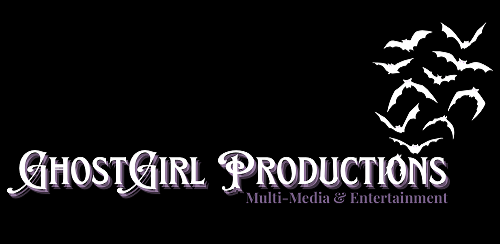Tim Burton
Tim Burton’s work is known for its specific stylization. Nowadays, it’s referred to as the “Tim Burton Style” but this style has a much deeper origin in cinema history.
Tim Burton's works are undoubtedly Gothic. The story’s “environment invokes a disturbing sense of unease and/or terror” (1). Gothic Horror as a subgenre throws the audience into a world of monsters (literal or metaphorical) versus humanity surrounded by dark colors and soft faces.
Storytelling in the Gothic Horror subgenre combined with the distinct art style of Expressionism makes for spellbinding visuals.
The extreme perspective, the harsh contrast, and any excuse to go outside of the lines ~ or more eloquently: “a manner of painting, drawing, sculpting, etc…, in which forms derived from nature are distorted or exaggerated and colors are intensified for emotive or expressive purposes” (2) Scenes relying on the uniqueness of Expressionism can be found throughout Tim Burton’s work from the laboratory on the hill in Edward Scissorhands, the wild musings of Vincent in the animated short film, to the intricate details found on every character and set piece in The Nightmare Before Christmas.
Expressionism is “a style of art developed in the 20th century, characterized chiefly by heavy, often black lines that define forms, sharply contrasting, often vivid colors, and subjective or symbolic treatment of thematic material”(2). This art style was seen in one of the earliest genre films: The Cabinet of Dr. Caligari for example.
The Cabinet of Dr. Caligari is a German silent film released in 1920. It is coined as being the first horror movie and is fully developed using expressionism. The expressionism movement was most prevalent across Germany in 1905 - 1920. The film is a representation of its time from filmmaker Robert Wiene. Dramatic handpainted scenes depict a hypnotist and a somnambulist commit a series of murders. The claustrophobic and exaggerated set design leaves the audience feeling trapped and anxious. Their eyes can’t help but follow each squiggled line to its vanishing point getting pulled deeper into the story.
Beyond the aesthetic of the films: One of the most iconic pieces of Tim Burton’s work are the female protagonists.
In Tim Burton’s films we often see a woman with a heartshapped face, hair perfectly framing her large eyes and in dresses tailored to her exact measurements. This woman is naïve, but strong willed. She is motivated by her heart whether that be to her detriment or her happy-ever-after. Even this detail connects back to decades of Gothic Horror and Expressionism. These hand-crafted, claymation character designs and the few live-action women that portray this archetype all resemble the women that were in films such as Frankenstein and the Monster from Hell, Suspiria (1977) and most of the women in Mario Bava’s filmography.
While Tim Burton may not be the originator of either his signature genre or style his work is certainly a staple of Gothic Horror and Expressionism.
A Brief History of Gothic Horror | https://www.nypl.org/blog/2018/10/18/brief-history-gothic-horror
EXPRESSIONISM Definition & Meaning | https://www.dictionary.com/browse/expressionism


